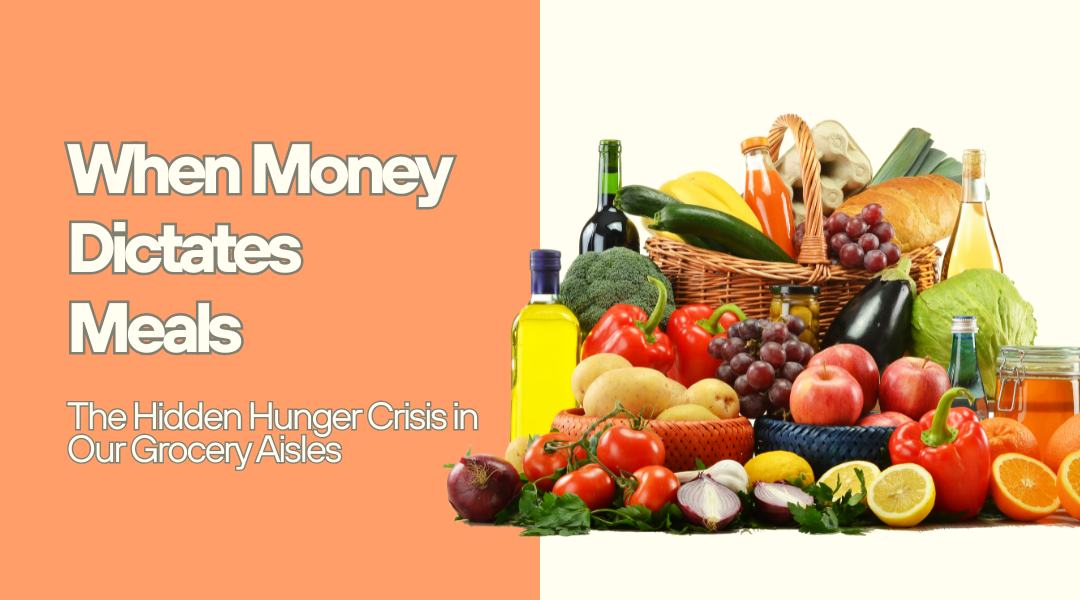Let’s stop pretending everyone has equal access to healthy eating. The truth is, your zip code and paycheck shape your plate more than your willpower ever could. As a nutritionist who’s worked in both penthouse kitchens and food bank lines, I’ve seen how economic realities crush good intentions. Here’s what nobody’s saying about the real barriers to healthy eating.
The Grocery Store Math That Doesn’t Add Up
- Fresh vs. Frozen: A bag of apples ($5) vs. a box of pop-tarts ($2)
- Time Tax: Working three jobs? Meal prep takes backseat to dollar menu speed
- Transportation Trap: No car? That “nearby” supermarket might be two bus rides away
Real story: My client Maria—a single mom—realized her “junk food habit” was actually the only way to stretch her SNAP benefits through the month.
3 Myths About Poor Nutrition (Debunked)
- “People just need education”
- Reality: Food banks report clients tossing kale—not because they don’t know it’s healthy, but because they can’t afford the olive oil to cook it
- “Obesity means overeating”
- Reality: Malnutrition often wears fat—cheap processed foods pack calories but lack nutrients
- “Food deserts are the whole problem”
- Reality: Many “food oasis” neighborhoods have only overpriced organic stores working families can’t afford
What Actually Works (From Communities Doing It Right)
1. The $5 Challenge (Detroit)
- Corner stores stock pre-cut veggies with seasoning packets
- Costs less than a fast food burger
- Result: 62% increase in veggie sales
2. Pay-What-You-Can Cafés (Denver)
- Chef-prepared meals using surplus groceries
- Professionals and homeless eat side-by-side
3. “Prescription Produce” Programs (Boston)
- Doctors give $40/week fruit/vegetable vouchers
- Medicaid patients show 23% lower A1C levels
How Privilege Distorts Our Food Conversations
Ever notice how:
- Meal prep assumes you own fridge space
- “Buy in bulk” requires upfront cash
- “Farmer’s market chic” ignores night shift workers’ schedules
Hard truth: Your quinoa salad habit depends on a paycheck that 38% of Americans don’t have.
What You Can Do Today
- Advocate for SNAP benefits at farmers markets
- Donate to mutual aid funds (not just canned goods)
- Demand workplace cafeterias offer affordable healthy options
Final thought: Next time you judge someone’s shopping cart, remember—that’s not a dietary choice you’re seeing. It’s an economic reality. Real food justice isn’t about convincing individuals to eat better; it’s about building systems where everyone can afford to thrive.
P.S. That “personal responsibility” mantra? It rings hollow when a bag of chips costs less than a single bell pepper. Until we fix that math, we’re just rearranging deck chairs on the Titanic.
